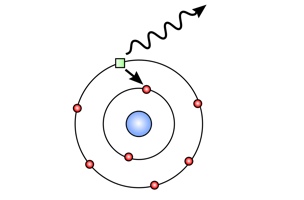If this diagram means anything to you, you know more about photons than I do.
Is your mad science degree collecting dust? Clean it off, because DARPA, or the research arm of the US Department of Defense, wants your help developing photon sensors that push the limits of science.
The goal, as DARPA explains it, is to “establish the first-principles of photon detector performance by developing new models of photon detection in a variety of technology platforms and by testing those models in proof-of-concept experiments.”
In other (much simpler) words, they’ll be developing technologies that improve the performance of light-detecting platforms. That includes LiDAR, of course, but also a pretty crazy list of technologies including superconductor detectors, semiconductor detectors, biologically inspired detectors, and “hybrid designs that draw on elements of all three.”
DARPA hopes the performance of these technologies will improve greatly in the following metrics: timing jitter, dark counts, maximum rate, bandwidth, efficiency, photon-number resolution, operating temperature, array size, and probably a bunch of other things I don’t understand.
To that end, they are accepting designs for next-generation detectors that exceed all the metrics listed above by more than an order of magnitude. Lest we think they’re unreasonable, DARPA will also accept designs that demonstrate why “first-principles limits on photon detection forbid this in a specific technology platform.”
If you think you have the skills to pull this off, check DARPA’s call for knowledge on the objectives of the Fundamental Limits of Photon Detection program. The proposer’s day event will take place on January 25, 2016, from noon to 6 p.m. with simultaneous webcast for remote attendees. So, no excuses.






